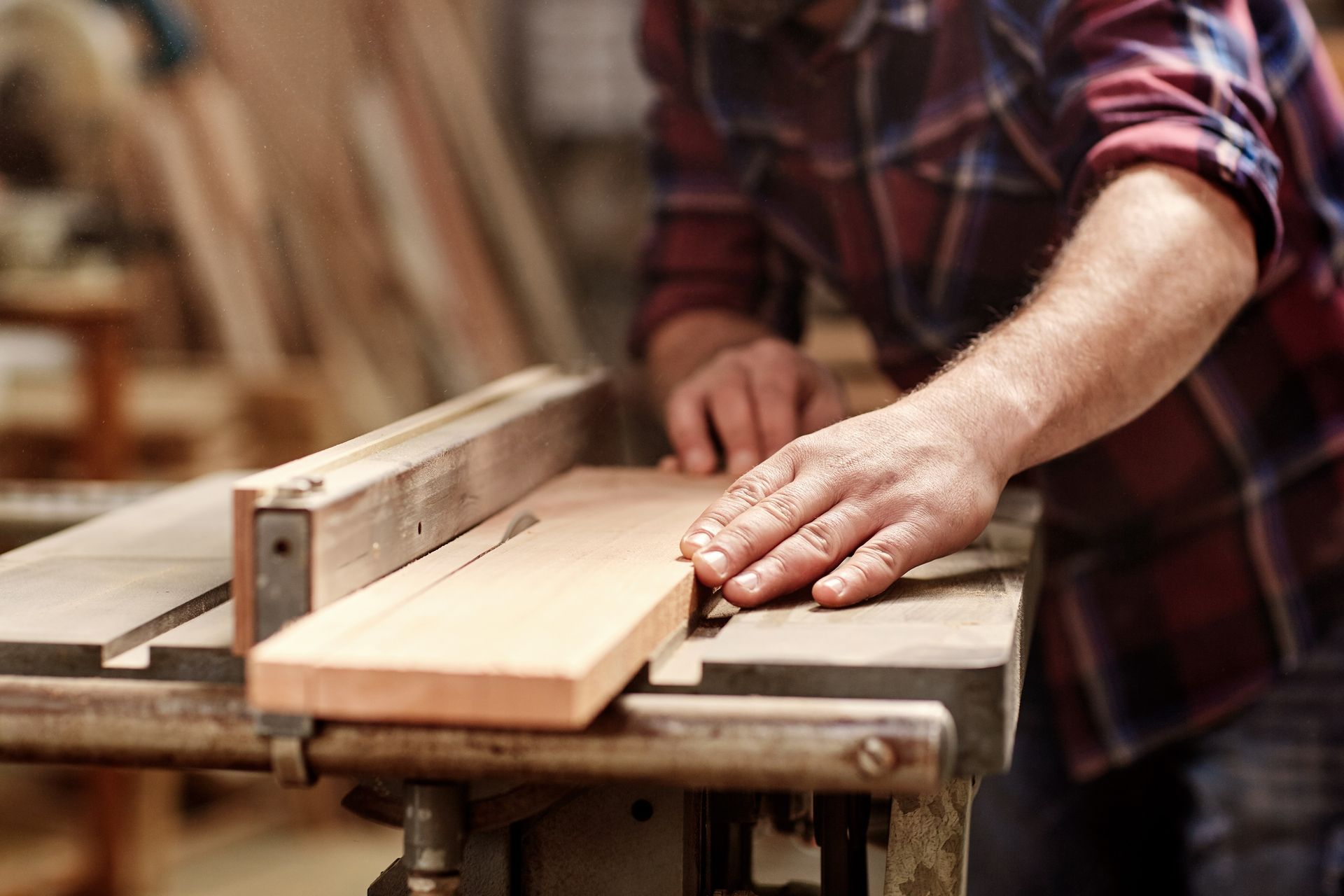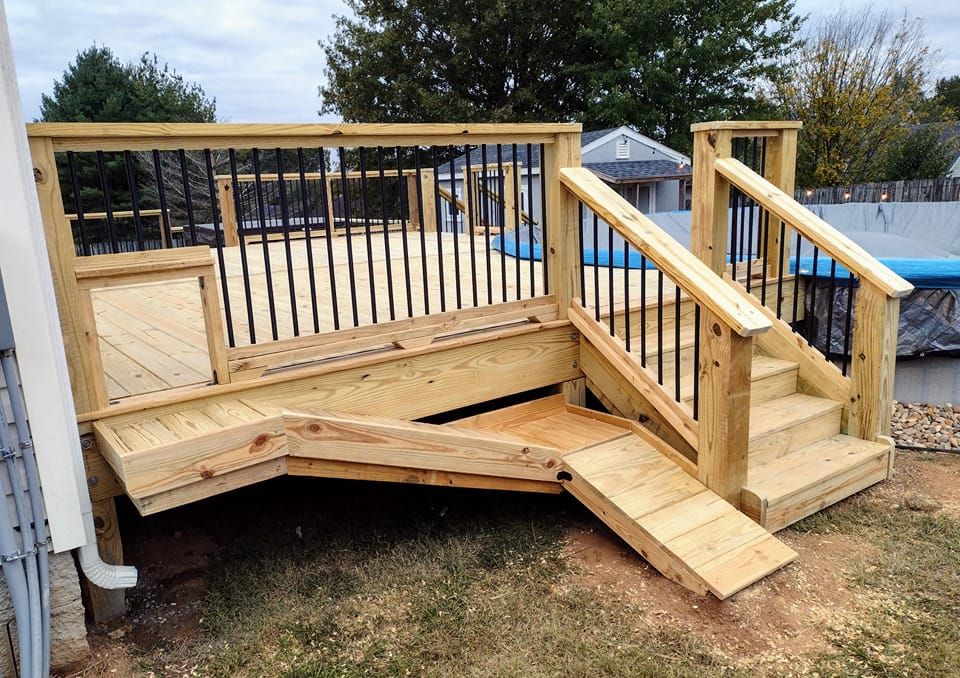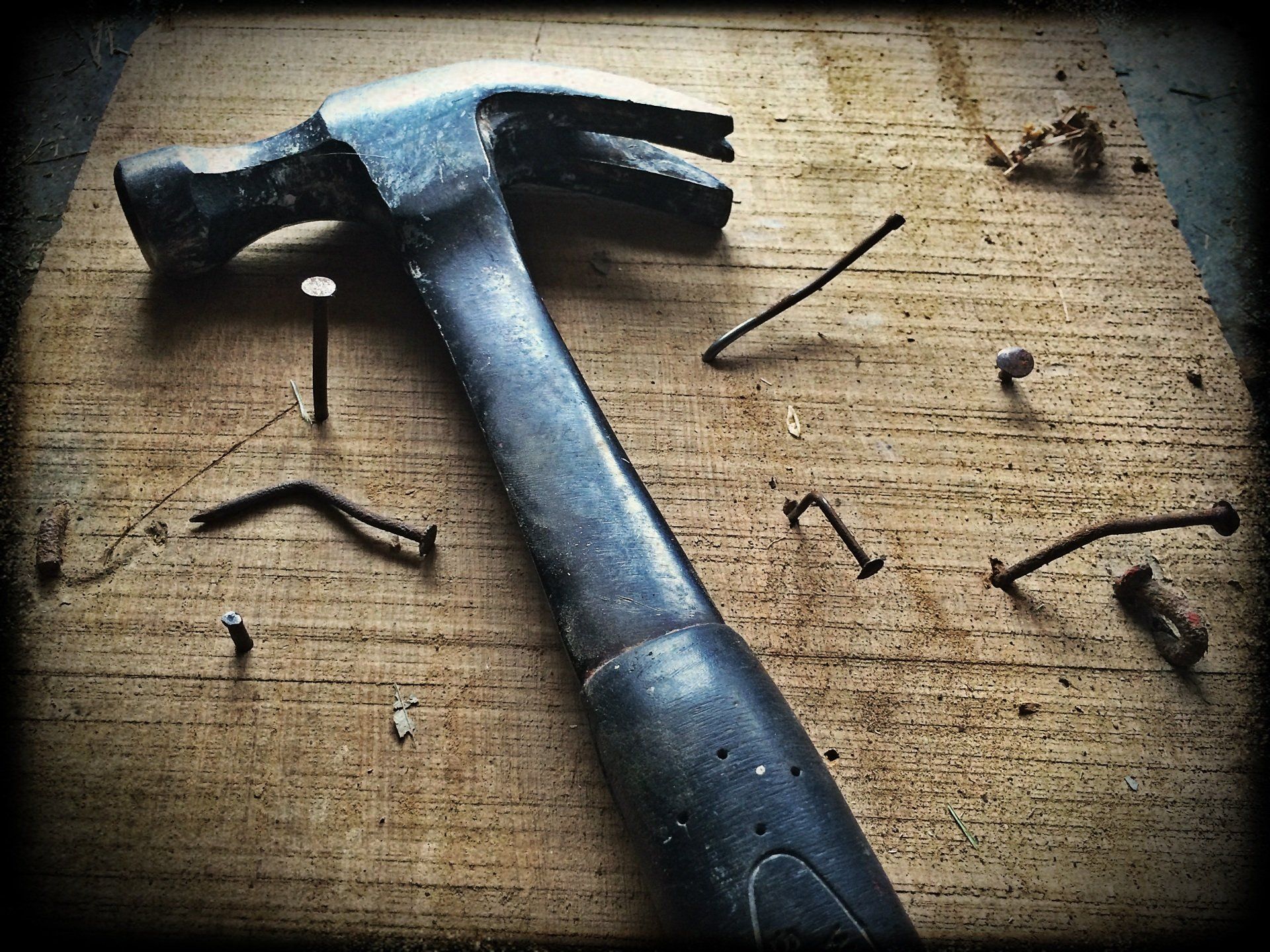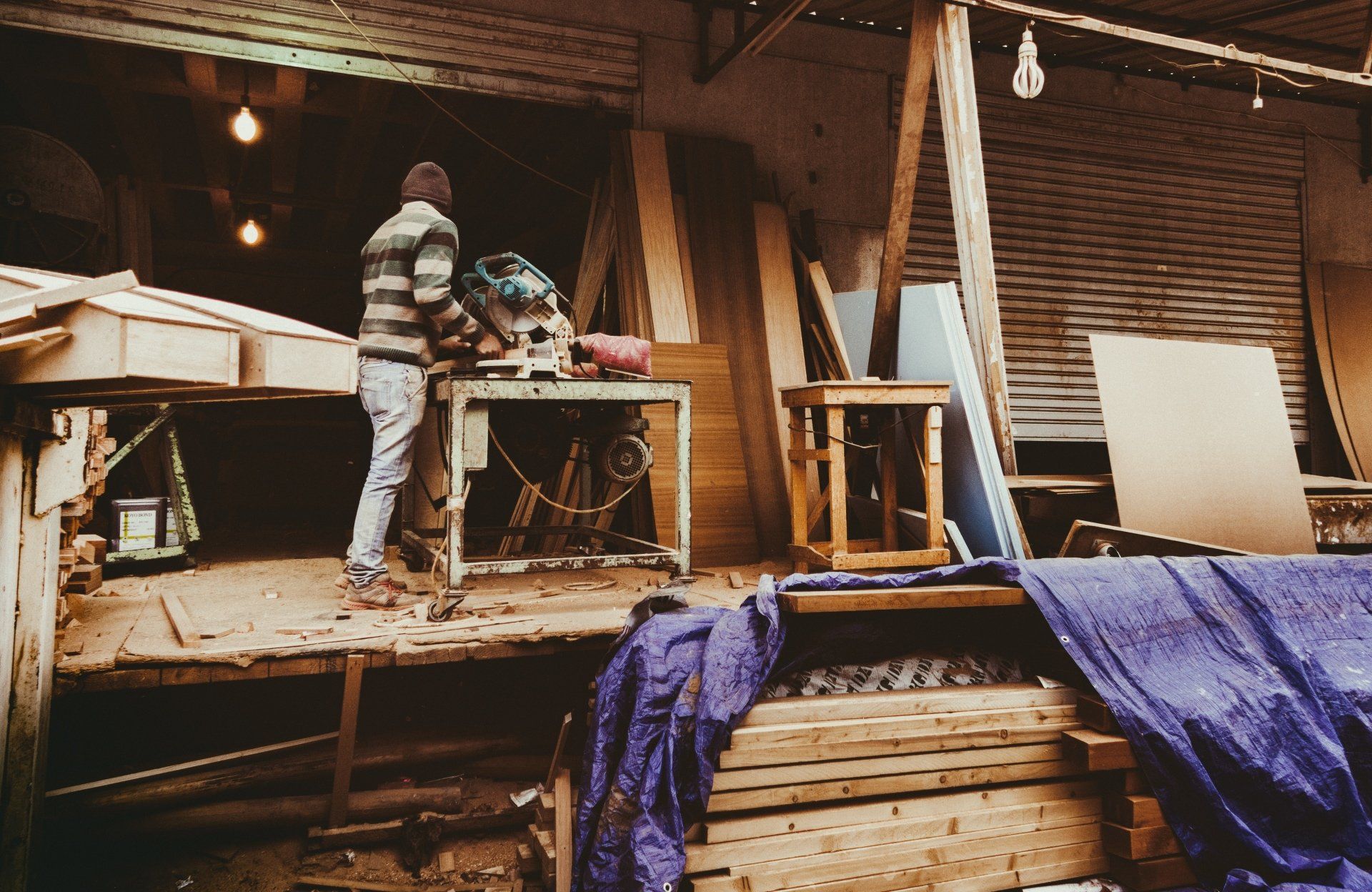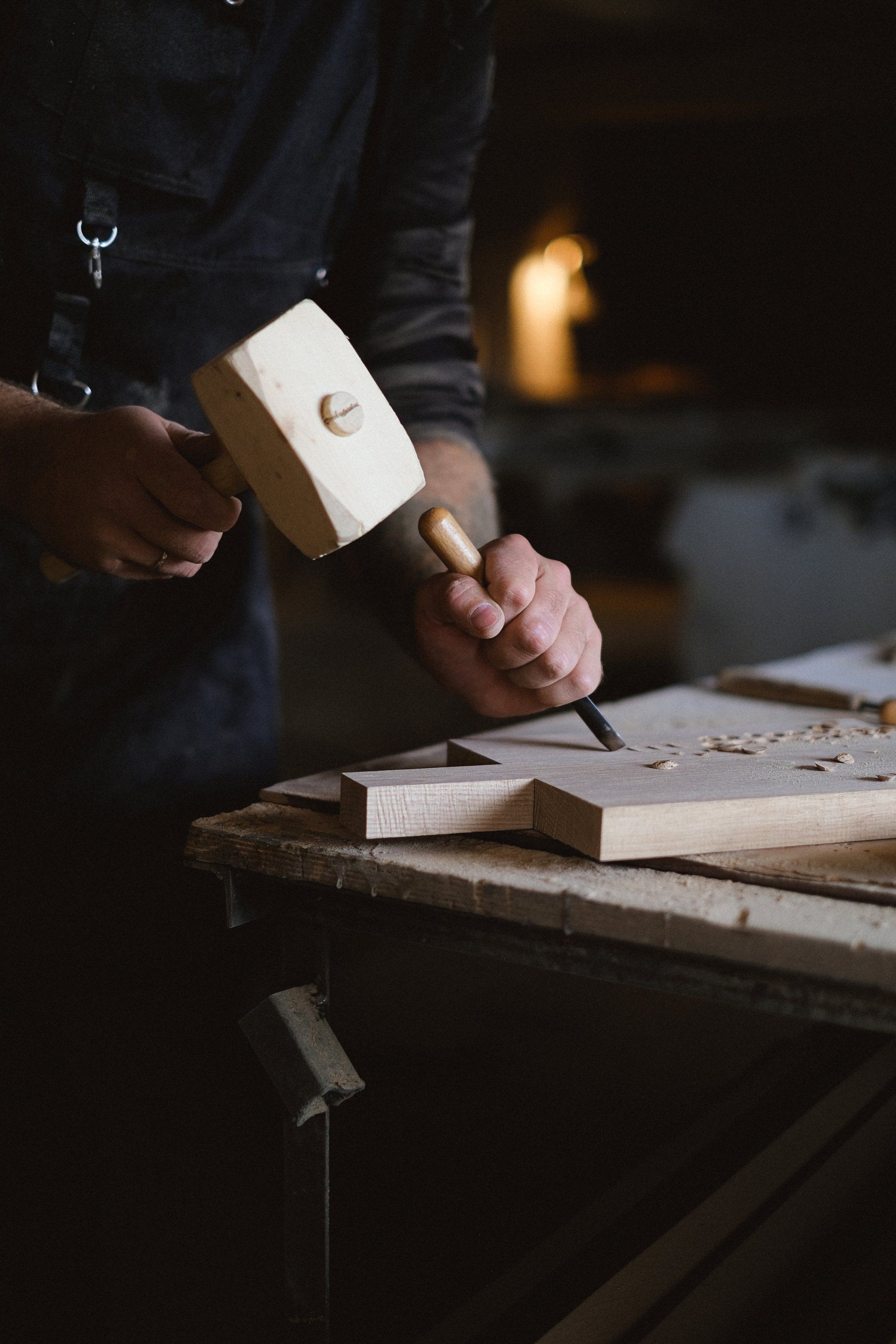Blogs
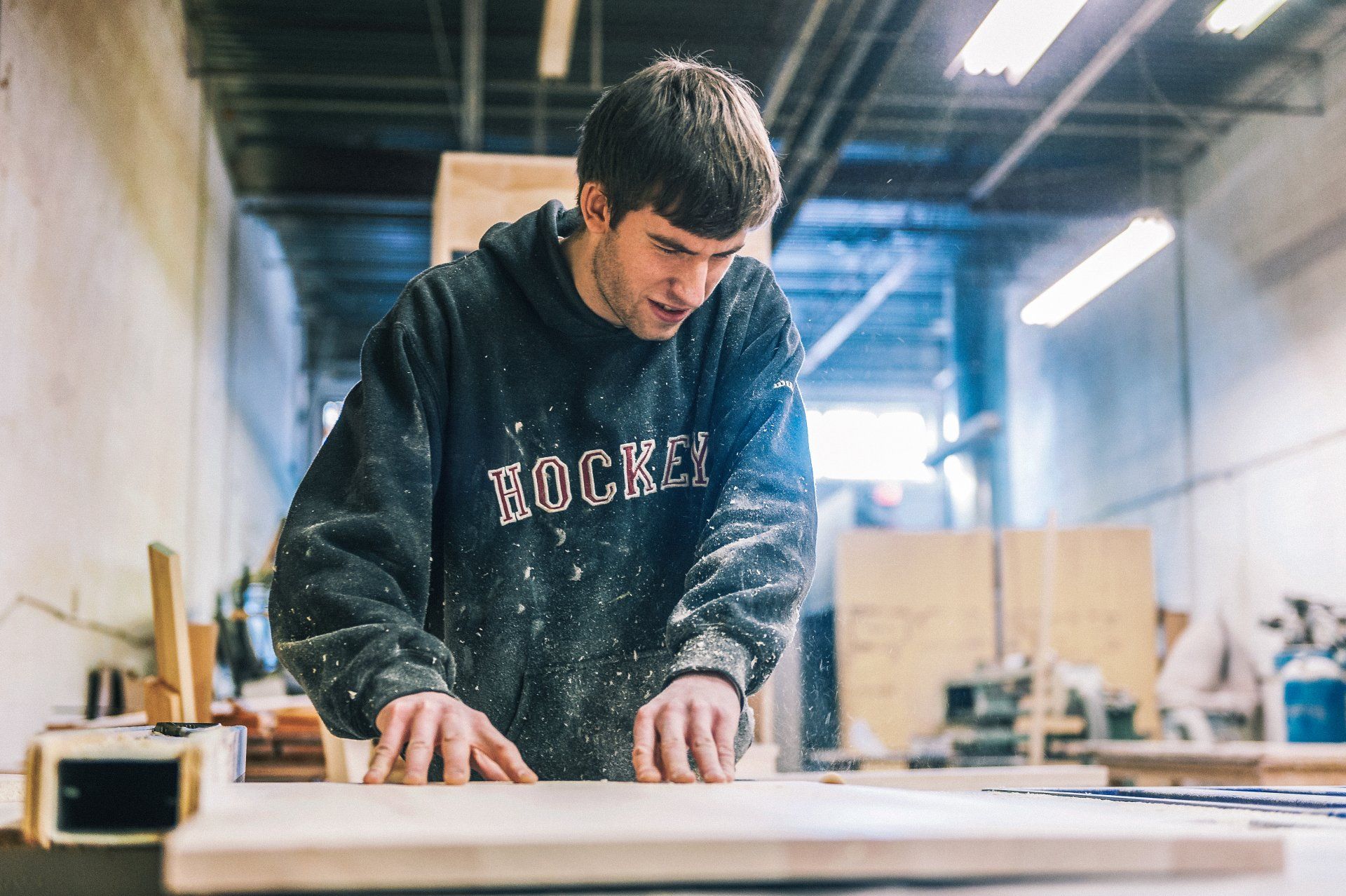
Introduction Welcome to our comprehensive guide on renovating your kitchen and the transformative power of carpentry services. If you're looking to upgrade your kitchen and create a space that is not only functional but also visually appealing, you've come to the right place. In this article, we will explore the various ways in which carpentry services can breathe new life into your kitchen, making it the heart of your home. The Importance of Kitchen Renovation Renovating your kitchen is a significant investment that can greatly enhance the overall value and appeal of your home. The kitchen is often considered the hub of any household, where families gather, meals are prepared, and memories are made. A well-designed and functional kitchen can not only improve your daily life but also leave a lasting impression on guests and potential buyers. Understanding Carpentry Services Carpentry services play a crucial role in kitchen renovations. Skilled carpenters have the expertise to work with various materials, including wood, and can create custom solutions tailored to your specific needs and preferences. From cabinets and countertops to shelving and flooring, carpentry services can transform your kitchen into a space that is both aesthetically pleasing and highly functional. Custom Cabinetry for Personalized Storage One of the most significant advantages of hiring carpentry services for your kitchen renovation is the ability to have custom cabinetry installed. Custom cabinets offer a range of benefits, including maximizing storage space and improving organization. With carpentry expertise, you can design cabinets that fit perfectly into your kitchen's layout, making the most of every inch of available space. Additionally, custom cabinetry allows you to choose materials, finishes, and hardware that align with your personal style and complement the overall design of your kitchen. Countertops: Beauty and Durability Combined When it comes to kitchen surfaces, carpentry services can help you select and install high-quality countertops that blend beauty and durability seamlessly. Whether you prefer the timeless elegance of granite, the sleek appearance of quartz, or the warm charm of wood, professional carpenters can guide you through the options and ensure a flawless installation. By choosing the right countertop material, you can enhance the visual appeal of your kitchen while enjoying a surface that can withstand the demands of daily use. Flooring: Setting the Foundation The flooring in your kitchen is not only a functional element but also a design feature that sets the tone for the entire space. Carpentry services can assist you in selecting the ideal flooring material for your kitchen's style, traffic patterns, and maintenance preferences. Whether you opt for hardwood, tile, vinyl, or laminate, skilled carpenters will ensure a precise installation, creating a foundation that is both visually stunning and built to last. Shelving and Storage Solutions Efficient storage solutions are essential for maintaining an organized and clutter-free kitchen. Carpentry services can help you optimize your kitchen's storage potential by designing and installing custom shelving and storage units. These tailored solutions can make use of underutilized spaces, such as corners and alcoves, and provide easy access to frequently used items. By implementing well-designed shelving and storage, you can create a streamlined and functional kitchen environment. Lighting: Illuminating Your Space Proper lighting is a crucial aspect of any kitchen renovation. It not only enhances the ambiance but also contributes to the overall functionality and safety of the space. Carpentry services can assist you in selecting and installing appropriate lighting fixtures that complement the design aesthetic of your kitchen while ensuring optimal illumination for meal preparation and everyday activities. From pendant lights to recessed lighting, skilled carpenters can create a well-lit environment that is both inviting and practical. Conclusion Renovating your kitchen with the help of carpentry services can truly transform the heart of your home. From custom cabinetry and countertops to flooring and lighting, the possibilities are endless. By harnessing the expertise of skilled carpenters, you can create a kitchen that is not only visually stunning but also tailored to your unique needs and lifestyle. Don't settle for a mediocre kitchen—unleash its full potential with the transformative power of carpentry services.
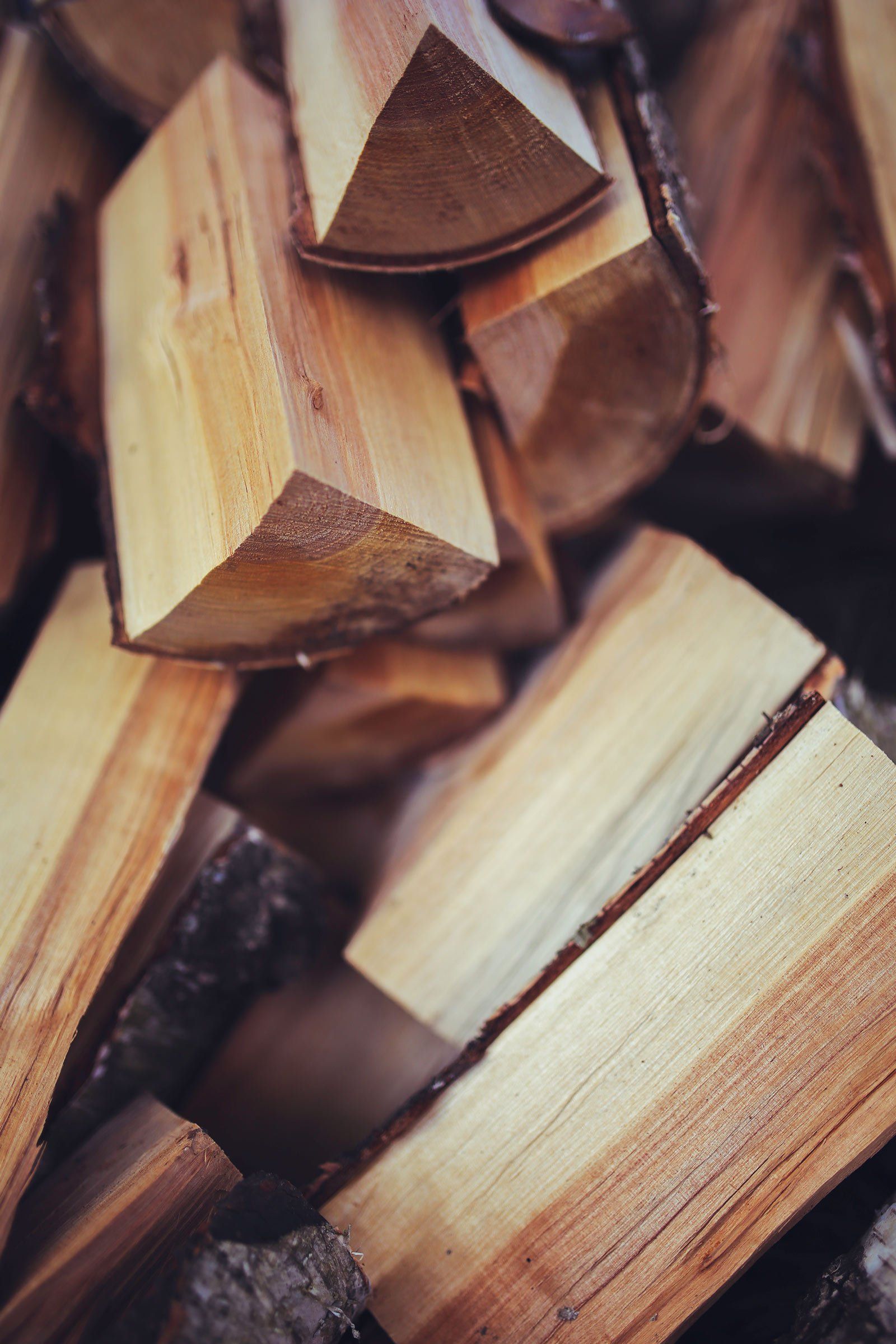
Introduction In the realm of home improvement, carpentry plays a pivotal role in transforming old and worn-out spaces into fresh and rejuvenated havens. With skilled craftsmanship and a creative touch, carpenters breathe new life into outdated structures, making them functional, aesthetically pleasing, and in sync with modern trends. In this article, we will delve into the carpentry renovation process, exploring various techniques, trends, and tips to revitalize your living space. Table of Contents The Importance of Carpentry Renovation Assessing the Scope of Renovation Choosing the Right Carpentry Styles Flooring Transformations: From Creaky to Chic Revamping Cabinetry: Storage Solutions with Style Enhancing Exteriors: Siding and Deck Makeovers Restoring Staircases: Beauty and Functionality Combined Custom Furniture: The Art of Tailored Carpentry Maximizing Space: Built-in Storage and Shelving Adding Architectural Details: Crown Molding and Trim Work Reimagining Doors and Windows: A Fresh Perspective Sustainable Carpentry: Eco-Friendly Renovation Options DIY vs. Professional Carpentry Renovation Budgeting and Planning: The Key to Successful Renovation Finding the Right Carpenter: Tips for Hiring 1. The Importance of Carpentry Renovation Carpentry renovation holds immense significance in transforming old spaces into new and inviting environments. It allows homeowners to revitalize their living areas, improve functionality, and incorporate personal style into their homes. Through the skillful use of carpentry techniques, renovations can enhance the overall value and appeal of a property, making it more attractive to potential buyers. 2. Assessing the Scope of Renovation Before embarking on a carpentry renovation project, it is crucial to assess the scope of the work. Careful evaluation of the existing structure, identifying areas that require attention, and determining the desired outcome are essential steps in the planning phase. This evaluation ensures that the renovation process is streamlined, efficient, and aligned with the homeowner's goals. 3. Choosing the Right Carpentry Styles Carpentry styles vary greatly, ranging from classic to contemporary and everything in between. When planning a renovation, homeowners should consider their personal taste, existing decor, and the overall ambiance they wish to create. Whether it's rustic farmhouse charm, sleek modern elegance, or a fusion of styles, selecting the right carpentry style sets the tone for the entire renovation project. 4. Flooring Transformations: From Creaky to Chic Old and worn-out floors can significantly impact the overall look and feel of a space. Carpentry renovation offers a chance to upgrade flooring, replacing creaky floorboards with luxurious hardwood, elegant tiles, or durable laminate options. By selecting the right flooring material and incorporating skilled installation techniques, carpenters can breathe new life into any room. 5. Revamping Cabinetry: Storage Solutions with Style Cabinetry is not only essential for storage but also contributes to the overall aesthetic appeal of a space. Outdated cabinets can be transformed through carpentry renovation, whether it's refinishing, repainting, or completely replacing them. Custom-built cabinetry allows homeowners to maximize storage space while incorporating unique design elements that reflect their personal style. 6. Enhancing Exteriors: Siding and Deck Makeovers The exterior of a home is its first impression, and carpentry renovation can enhance its curb appeal. Siding replacement or restoration can revitalize the facade, giving it a fresh and modern appearance. Additionally, renovating decks and patios provides homeowners with an outdoor oasis, perfect for relaxation and entertainment. 7. Restoring Staircases: Beauty and Functionality Combined Staircases serve as architectural focal points within a home, and renovating them can dramatically transform the space. From refinishing the wood to replacing banisters and balusters, carpenters can restore staircases to their former glory or create entirely new designs that harmonize with the overall aesthetic of the renovation. 8. Custom Furniture: The Art of Tailored Carpentry Custom furniture adds a touch of elegance and uniqueness to any interior. Skilled carpenters can create bespoke pieces that perfectly fit the available space, incorporating desired functionality and design elements. From dining tables to built-in bookshelves, custom furniture complements the renovation project, tying all the elements together seamlessly. 9. Maximizing Space: Built-in Storage and Shelving In smaller homes or rooms with limited square footage, maximizing space is essential. Carpentry renovation offers the opportunity to create built-in storage solutions, such as custom closets, under-stair storage, or wall-mounted shelves. These practical additions not only increase storage capacity but also contribute to a clutter-free and organized living space. 10. Adding Architectural Details: Crown Molding and Trim Work Architectural details, such as crown molding and trim work, can elevate the overall aesthetics of a room. Through precise carpentry techniques, carpenters can install intricate crown molding, baseboards, and decorative trim that add character, elegance, and visual interest to any space. 11. Reimagining Doors and Windows: A Fresh Perspective Doors and windows play a crucial role in the functionality, energy efficiency, and visual appeal of a home. Carpentry renovation provides an opportunity to upgrade doors and windows, replacing outdated or inefficient models with energy-efficient options that enhance natural lighting, improve insulation, and elevate the overall aesthetic of the property. 12. Sustainable Carpentry: Eco-Friendly Renovation Options As sustainability becomes increasingly important, homeowners can incorporate eco-friendly carpentry options into their renovation projects. This includes using reclaimed wood, low VOC finishes, and energy-efficient materials. Sustainable carpentry not only reduces the ecological footprint but also creates a healthier living environment. 13. DIY vs. Professional Carpentry Renovation While some homeowners may be tempted to embark on a DIY carpentry renovation, it is essential to consider the complexity of the project and the required skill set. Professional carpenters bring expertise, experience, and attention to detail, ensuring high-quality results. Consulting with a professional carpenter helps homeowners make informed decisions and achieve the desired outcome. 14. Budgeting and Planning: The Key to Successful Renovation Effective budgeting and planning are crucial for a successful carpentry renovation project. Homeowners should consider all aspects, including material costs, labor expenses, and unforeseen circumstances that may arise during the renovation process. By setting a realistic budget and creating a detailed plan, homeowners can minimize stress and ensure a smooth renovation experience. 15. Finding the Right Carpenter: Tips for Hiring Hiring the right carpenter is essential to the success of a renovation project. Recommendations, online reviews, and portfolios can help homeowners assess the expertise and credibility of potential carpenters. It is also crucial to communicate openly, discuss expectations, and obtain a detailed estimate before commencing the project. Conclusion Carpentry renovation is a transformative process that breathes new life into old spaces. With skilled handyman and attention to detail, carpenters can revitalize homes, creating functional, visually appealing, and personalized living environments. Whether it's updating flooring, revamping cabinetry, or enhancing exteriors, the possibilities for carpentry renovation are endless. By embracing the art of carpentry, homeowners can truly transform the old into new. FAQs 1. How long does a carpentry renovation project typically take? The duration of a carpentry renovation project depends on various factors, such as the scope of work, size of the space, and complexity of the design. It's best to consult with a professional carpenter to determine a realistic timeline for your specific project. 2. Can carpentry renovation increase the value of my home? Yes, carpentry renovation can increase the value of your home. By modernizing and upgrading key areas, such as flooring, cabinetry, and architectural details, you can enhance the overall appeal and marketability of your property. 3. Is sustainable carpentry a viable option for renovation projects? Absolutely. Sustainable carpentry focuses on using eco-friendly materials and practices, reducing waste, and promoting energy efficiency. It not only benefits the environment but also creates healthier living spaces. 4. Can I attempt a DIY carpentry renovation project? While some small-scale projects can be suitable for DIY enthusiasts, it's essential to assess your skill level and the complexity of the project. Larger and more intricate renovations often require the expertise of professional carpenters to ensure high-quality results. 5. How do I find a reliable and skilled carpenter for my renovation project? To find a reliable carpenter, seek recommendations from friends, family, or professionals in the construction industry. Online platforms and review websites can also provide valuable insights into a carpenter's reputation and workmanship. Always interview potential candidates, review portfolios, and request detailed estimates before making a decision.
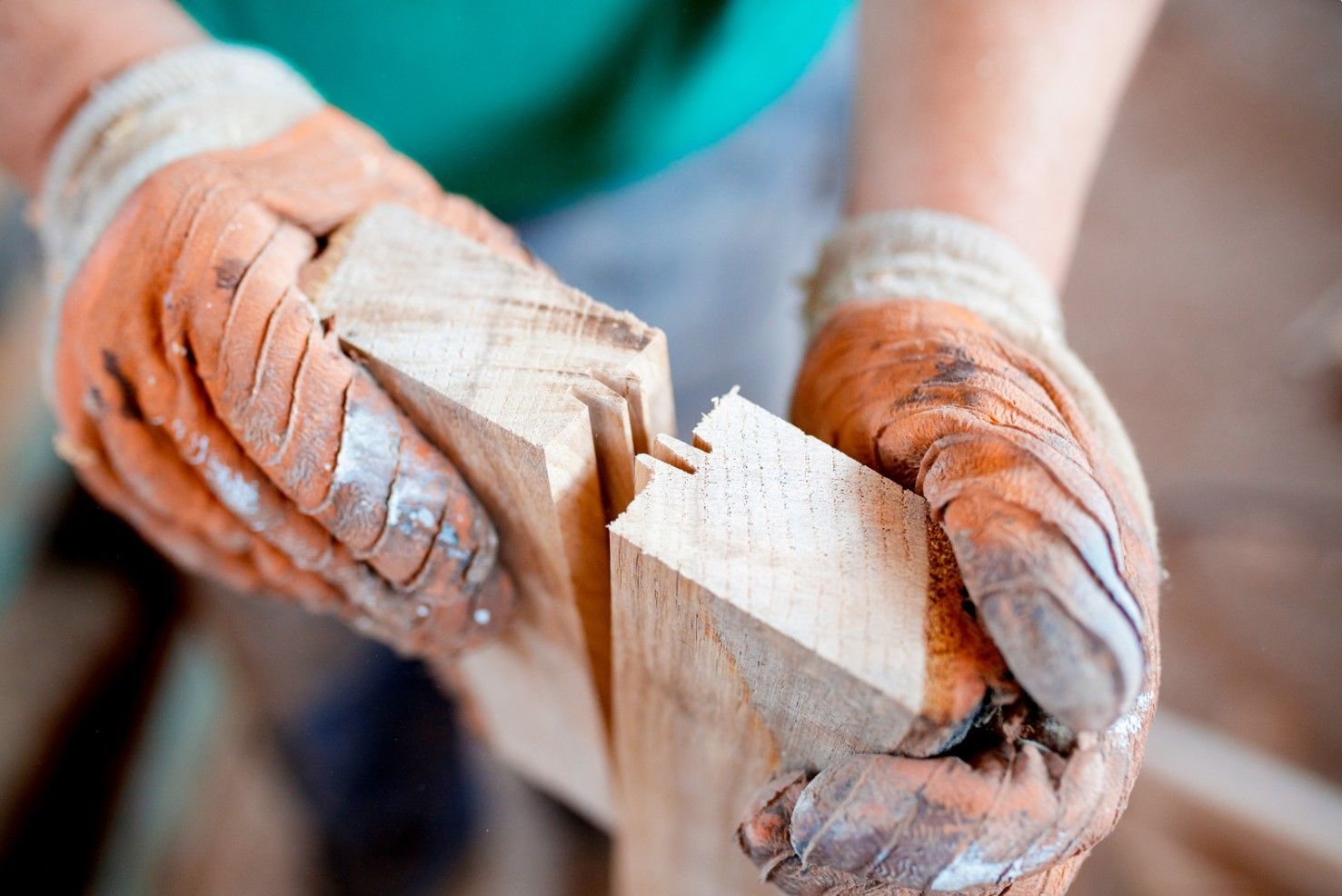
Introduction Woodworking is an age-old craft that has been passed down through generations. From furniture to cabinetry, one of the fundamental aspects of woodworking is the art of joinery. Joinery refers to the technique of connecting two or more pieces of wood to create a sturdy and durable structure. In this article, we will delve into the world of joinery, exploring different types of wood joints that are commonly used by craftsmen and artisans. Whether you are a beginner or an experienced woodworker, understanding these joints will enhance your skills and allow you to create masterful pieces of craftsmanship. 1. Butt Joint The butt joint is one of the simplest and most basic types of wood joints. It involves joining two pieces of wood by simply butting them together. This joint is commonly used in construction, but it lacks strength and stability compared to other types of joints. Reinforcement with screws, nails, or adhesives is often necessary to increase its strength. 2. Miter Joint The miter joint is widely used in woodworking projects that require precise angles, such as picture frames or moldings. It involves cutting the ends of two pieces of wood at a 45-degree angle and joining them together to form a 90-degree corner. The miter joint creates a clean and seamless appearance, but it may require additional reinforcement, such as splines or biscuits, for added strength. 3. Dovetail Joint The dovetail joint is renowned for its strength and aesthetic appeal. It consists of interlocking fan-shaped tails on one piece of wood and corresponding pins on the other, creating a tight and sturdy connection. This joint is commonly used in cabinetry and drawer construction, as it provides excellent resistance against pulling forces. The intricate craftsmanship required to create dovetail joints showcases the skill and expertise of a woodworker. 4. Mortise and Tenon Joint The mortise and tenon joint is a versatile joint that has been used for centuries in furniture making. It involves creating a rectangular hole (mortise) in one piece of wood and a corresponding projection (tenon) on the other. The tenon is then inserted into the mortise, creating a strong and durable connection. This joint is widely regarded as one of the strongest joints in woodworking and is commonly used in table legs, chair frames, and door construction. 5. Tongue and Groove Joint The tongue and groove joint is commonly used in flooring, paneling, and cabinetry. It involves cutting a groove on one piece of wood and a corresponding tongue on the other, allowing the two pieces to fit snugly together. This joint provides stability and prevents movement between the boards, making it ideal for applications where a seamless and uniform appearance is desired. 6. Half-Lap Joint The half-lap joint is a simple yet effective joint used in woodworking projects that require a strong and flush connection. It involves removing half the thickness of each piece of wood at the point where they intersect, creating a lap joint. This joint is commonly used in the construction of frames, boxes, and shelving units, as it provides good strength and stability. 7. Box Joint The box joint, also known as a finger joint, is often used in box and drawer construction. It involves cutting a series of interlocking rectangular pins and slots on the ends of two pieces of wood, creating a strong and decorative joint. The box joint provides good strength and resistance to pulling forces, making it suitable for applications where durability is essential. Conclusion In the world of woodworking, the art of joinery plays a crucial role in creating strong, durable, and visually appealing structures. From basic butt joints to intricate dovetail joints, each type of wood joint has its unique characteristics and applications. By understanding and mastering these joinery techniques, you can elevate your woodworking skills and create stunning pieces of craftsmanship. Remember to choose the appropriate joint for your project based on its strength, appearance, and functionality. So, go ahead, embrace the art of joinery, and let your creativity soar!
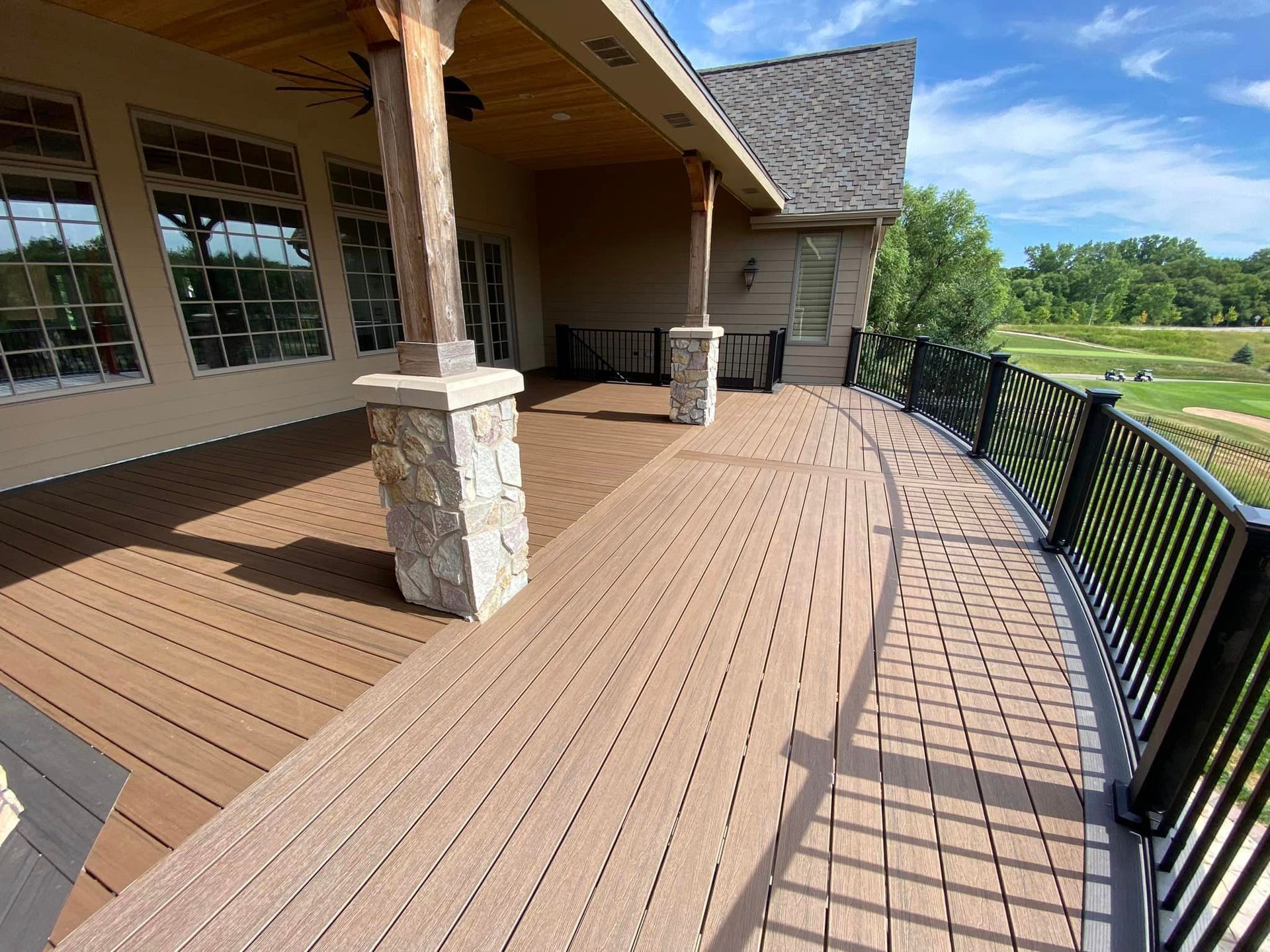
When it comes to carpentry, choosing the right type of wood is crucial for the success and longevity of your projects. Each wood species possesses unique characteristics, including grain patterns, durability, and workability. In this guide, we'll delve into the world of carpentry woods, exploring various types and their ideal applications. Whether you're a beginner or a seasoned woodworker, understanding the properties of different woods will enable you to make informed decisions and create stunning pieces that stand the test of time. Table of Contents: Understanding Wood: An Overview Softwood vs. Hardwood: Which is Right for You? Popular Softwood Options for Carpentry 3.1 Pine 3.2 Cedar 3.3 Fir Common Hardwoods for Carpentry 4.1 Oak 4.2 Maple 4.3 Walnut Exotic Woods: Adding a Touch of Uniqueness 5.1 Mahogany 5.2 Teak 5.3 Ebony Factors to Consider When Choosing Wood 6.1 Durability and Strength 6.2 Workability 6.3 Appearance and Grain Patterns 6.4 Cost Understanding Wood: An Overview Wood is a natural material derived from trees, and it has been a staple in construction and carpentry for centuries. It is known for its versatility, aesthetics, and durability. However, not all woods are created equal, and understanding their characteristics is essential for successful carpentry projects. Softwood vs. Hardwood: Which is Right for You? Wood can be broadly categorized into two types: softwood and hardwood. Softwood comes from coniferous trees, while hardwood is sourced from deciduous trees. Contrary to the names, the classification is not solely based on hardness. Softwoods, such as pine and cedar, are generally easier to work with and more affordable. Hardwoods, like oak and walnut, tend to be denser, offering greater strength and durability. Popular Softwood Options for Carpentry 3.1 Pine: Pine is a widely available softwood that is commonly used in carpentry projects. It's known for its light color and straight grain, making it versatile for both indoor and outdoor applications. Pine is relatively easy to work with, making it ideal for beginners. However, it may be susceptible to dents and scratches due to its softer nature. 3.2 Cedar: Cedar is a popular choice for outdoor projects due to its natural resistance to insects and decay. It has a distinct aroma and beautiful reddish-brown color. Cedar is known for its stability and durability, making it suitable for fences, decks, and outdoor furniture. 3.3 Fir: Fir is another softwood commonly used in carpentry. It has a pale yellow color and a straight, even grain. Fir is valued for its strength and workability, making it suitable for framing, flooring, and furniture construction. Common Hardwoods for Carpentry 4.1 Oak: Oak is a hardwood with a reputation for its strength and durability. It comes in two main varieties: red oak and white oak. Oak has a distinctive grain pattern and is commonly used in furniture making, cabinetry, and flooring. 4.2 Maple: Maple is a hardwood known for its light color and fine grain. It is highly durable and can withstand heavy use, making it a popular choice for kitchen cabinets, cutting boards, and workbenches. Maple is also widely used in musical instrument construction. 4.3 Walnut: Walnut is a dark hardwood known for its rich, chocolate-brown color and beautiful grain patterns. It is highly prized for its aesthetics and is often used in high-end furniture, cabinets, and decorative accents. Exotic Woods: Adding a Touch of Uniqueness 5.1 Mahogany: Mahogany is an exotic hardwood that is highly regarded for its deep reddish-brown color and smooth finish. It is known for its durability, resistance to swelling, and workability. Mahogany is commonly used in fine furniture, cabinetry, and musical instruments. 5.2 Teak: Teak is a tropical hardwood renowned for its exceptional durability and natural resistance to rot and decay. It has a rich golden color and is often used in outdoor furniture, boat building, and decking. 5.3 Ebony: Ebony is a dense, dark hardwood with a striking black color. It is highly valued for its beauty and is used in high-end furniture, musical instruments, and decorative accents. Ebony is known for its hardness and ability to take a fine polish. Factors to Consider When Choosing Wood 6.1 Durability and Strength: Consider the intended use of the wood and select a species that offers the necessary strength and durability for the project. Some woods are more resistant to moisture, insects, and decay, making them suitable for outdoor applications. 6.2 Workability: The ease of working with a particular wood species is an important factor, especially for beginners. Some woods are softer and easier to cut, shape, and join, while others may require more specialized tools and techniques. 6.3 Appearance and Grain Patterns: The aesthetics of the wood should align with your project's desired look. Different species exhibit unique grain patterns, colors, and textures, allowing you to achieve various visual effects. 6.4 Cost: Wood prices vary depending on availability, demand, and rarity. Consider your budget and the quantity of wood required for your project when choosing the appropriate species. Proper Wood Preparation and Maintenance To ensure the longevity of your carpentry projects, proper wood preparation and maintenance are crucial. This includes appropriate sanding, sealing, and finishing techniques. Regular cleaning and periodic resealing or refinishing will help protect the wood from wear and tear. Choosing the right type of wood for your carpentry projects is a decision that impacts both the aesthetics and functionality of your creations. By understanding the characteristics of different wood species, their applications, and the factors to consider when choosing wood, you can embark on your carpentry journey with confidence. So go ahead, explore the vast array of woods available, and create beautiful, enduring pieces that showcase your craftsmanship.
List of Services
-
Custom WoodworkingList Item 1
Click here to go to our woodworking page
-
CabinetsList Item 2
Click here to visit our Cabinets service page.
-
Furniture ConstructionList Item 3
Click here to go to our Furniture service page
-
Deck/PorchList Item 4
Click here to go to our Deck and Porch service page
-
Renovations and Remodels
Click here for Renovations and Remodels
Interested in our services? We’re here to help!
We want to know your needs exactly so that we can provide the perfect solution. Let us know what you want and we’ll do our best to help.

